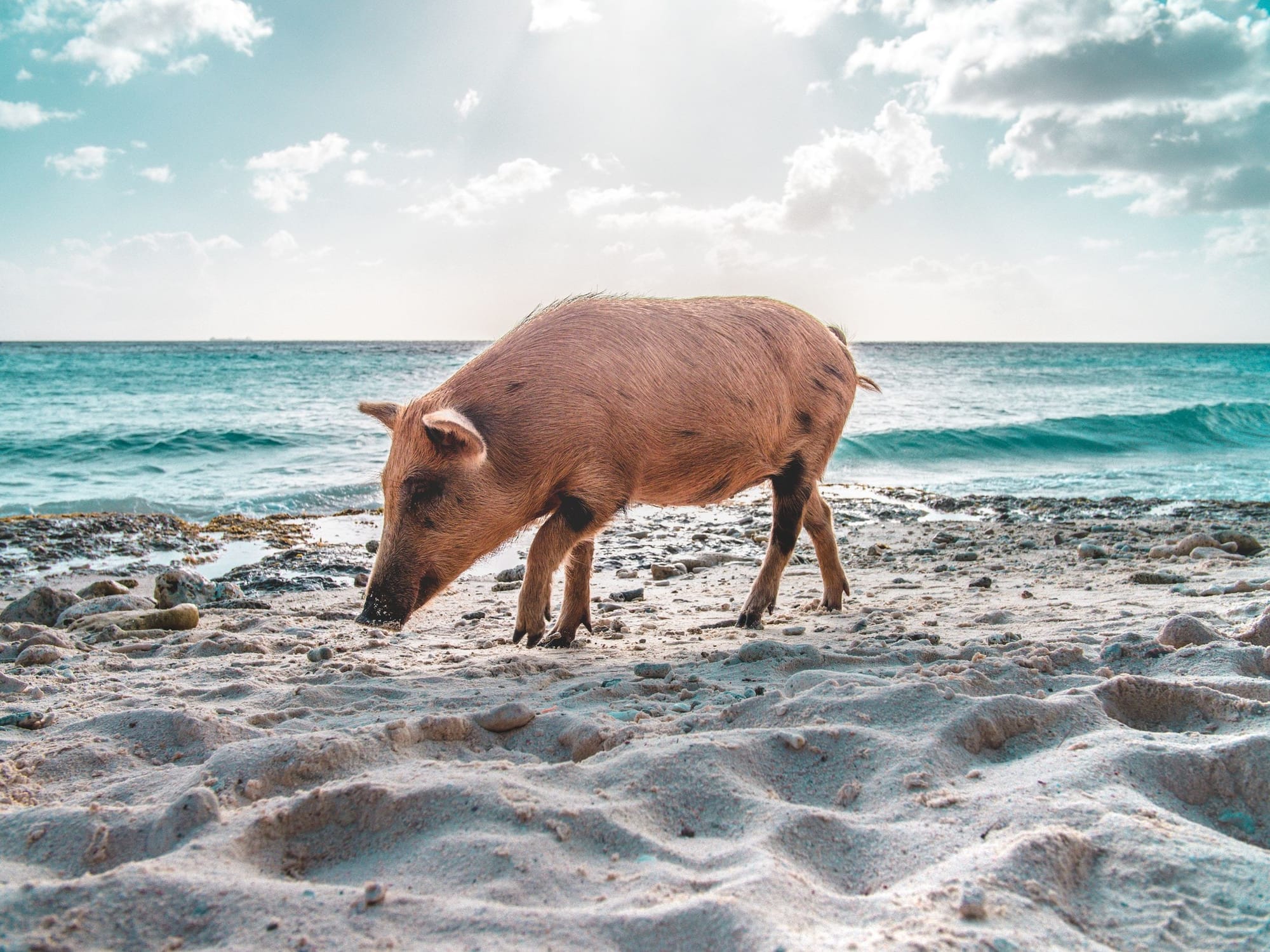Did God Create Creatures Instantly Or Over Time?

Question: We had an inquiry from someone who is reading Genesis for Ordinary People who said, they’d been told that God would not use evolution to create life because it involved mistakes and God doesn’t make any mistakes. They had been told that there’s no law to evolution, it’s a random chance thing and God doesn’t use random chance. God, they were told, can make things in a flash. Ping, and there’s a pig etc."
Answer: Saying there are mistakes that were made as life made its way to where it is today, is not the right way of looking at creation. God uses laws, and the principles we see in creation are still around us today. For instance we could say, “Why does God need to have 100 million sperm to fertilize one egg in a woman’s fallopian tube?” God could do it with one sperm if he wanted to. Yes, he could, but he has chosen to use the principal of probability, or what is known as the law of large numbers, it’s what a layman calls the law of averages. Or we could say, “Why does it rain on the sea?” It is the land that needs the rain not the sea. Furthermore, researchers have calculated that each of the billions of the stars in the Milky Way have at least one planet. Why the need for so many planets when only earth is needed? But that’s the way God has designed the universe, things have a way of working out well using the ‘law of large numbers’. An oak tree may drop 10,000 acorns but very few germinate, but oak trees survive well. This is the "Way of God."
The Bible teaches us to have a similar method: "Sow your seed in the morning, and at evening let your hands not be idle, for you do not know which will succeed, whether this or that" (Eccl 11:6).
So to say there is no law in place as life progressed to where it is today is not correct. What we call “survival of the fittest” or “natural selection” is a delicate omnipotent sifting process, God's way of sorting the wheat from the chaff; it’s his preferred mode of working, and seems to work very well. "God made the animals of the earth after their kind... and God saw that it was good" (Gen1:25).
We read, “And God said, Let the earth bring forth the living creature after his kind, cattle, and creeping thing, and beast of the earth after his kind: and it was so” (24 kjv). Notice the order: cattle, creeping thing, and beast. The root of the Hebrew word “beast” is chay, which means “living,” and is sometimes used to describe God himself as the “living” God.
Included in “beast” were early pre-humans. There came a point when God saw that the condition of some of the beasts had developed to a level where he could endow his image on them.
Note that God doesn’t say, “Let the land produce” again when man is made in his image, God now says, “Let us make man in our image.” We can’t help but notice that beast is missing when God gives his rea sons for making man in his image. “And God said, Let us make man in our image, after our likeness: and let them have dominion over the fish of the sea, and over the fowl of the air, and over the cattle, and over all the earth, and over every creeping thing that creepeth upon the earth” (26 kjv). The fish and fowl are there (God made them on his fifth day of creation). Cattle are there, and so are the creeping things, but no mention of beast. Science informs us that beast had developed (in its highest form) into man, and Genesis concurs. We do not expect the book of Genesis to highlight every stage of evolution, God has given that job to scientists, but the omission of the word “beast,” and the introduction of the word “man,” informs us that the book of Genesis is still leading the way. Science will always trail behind scripture.
When we begin to think that science has highlighted some new universal truth we have to stop in our tracks and admit that the Bible got there first. Science informs us that beasts developed into man and Genesis (with a smile on its face) makes provision for that transition.